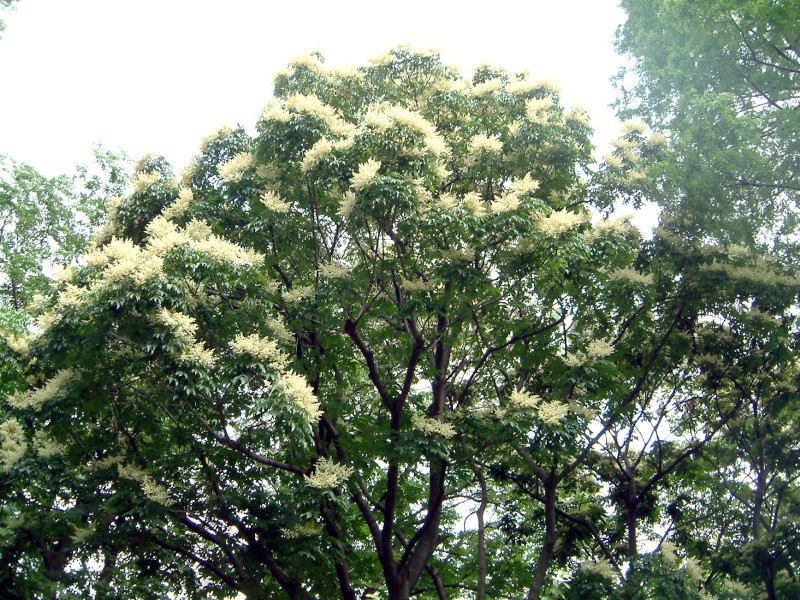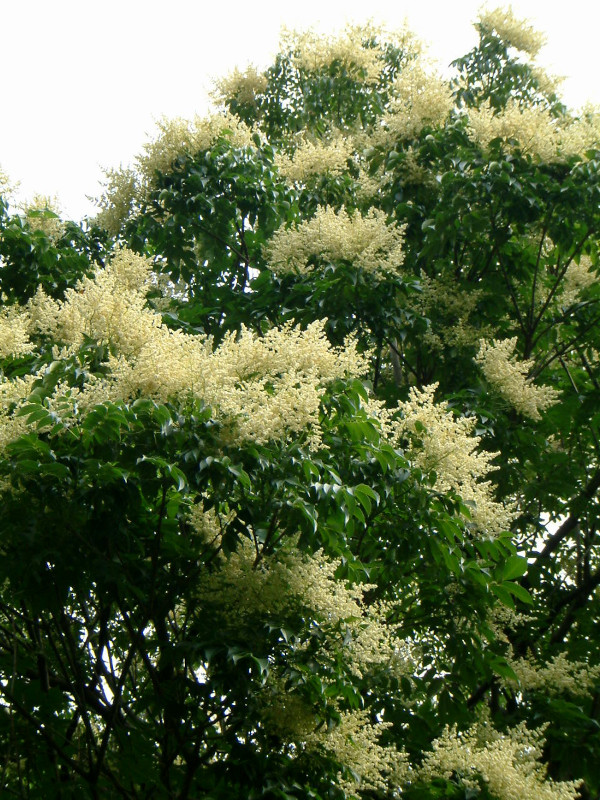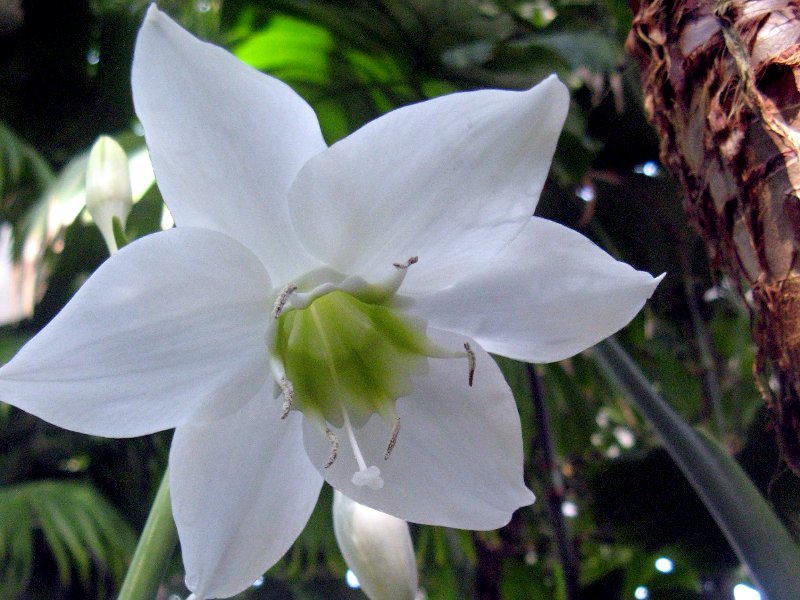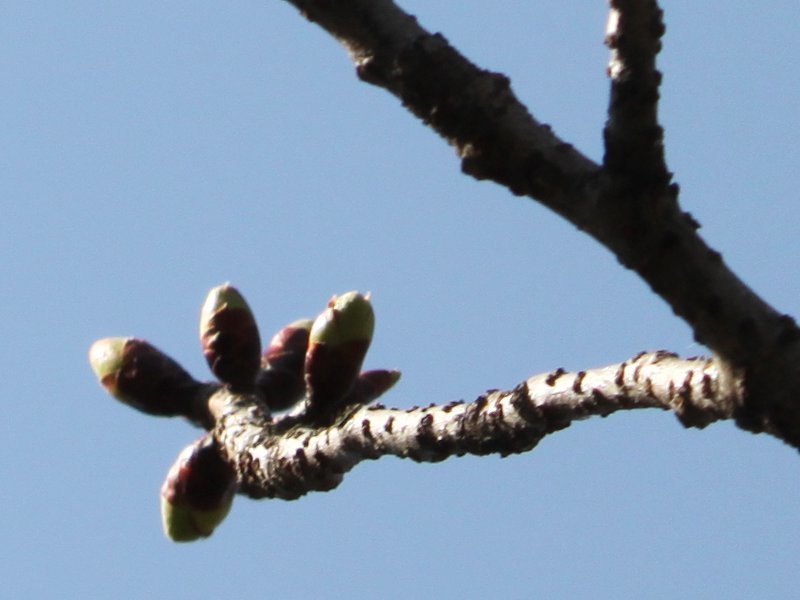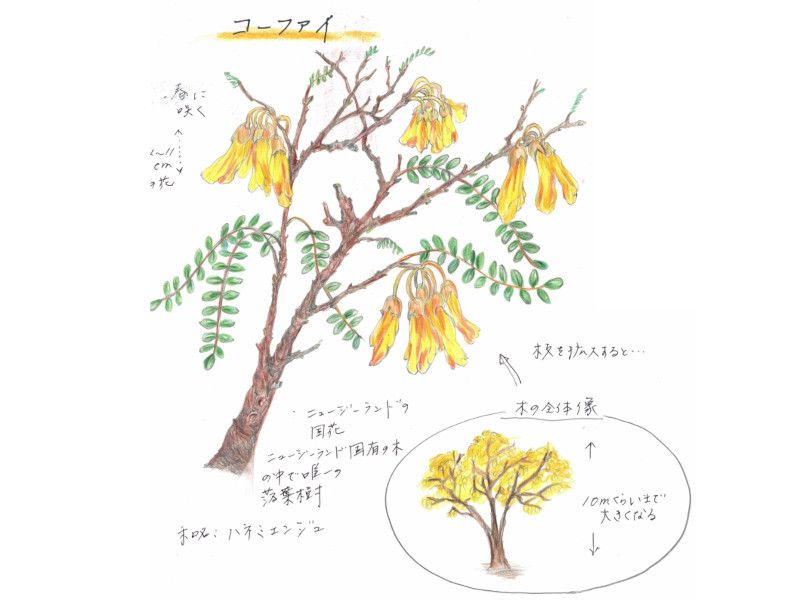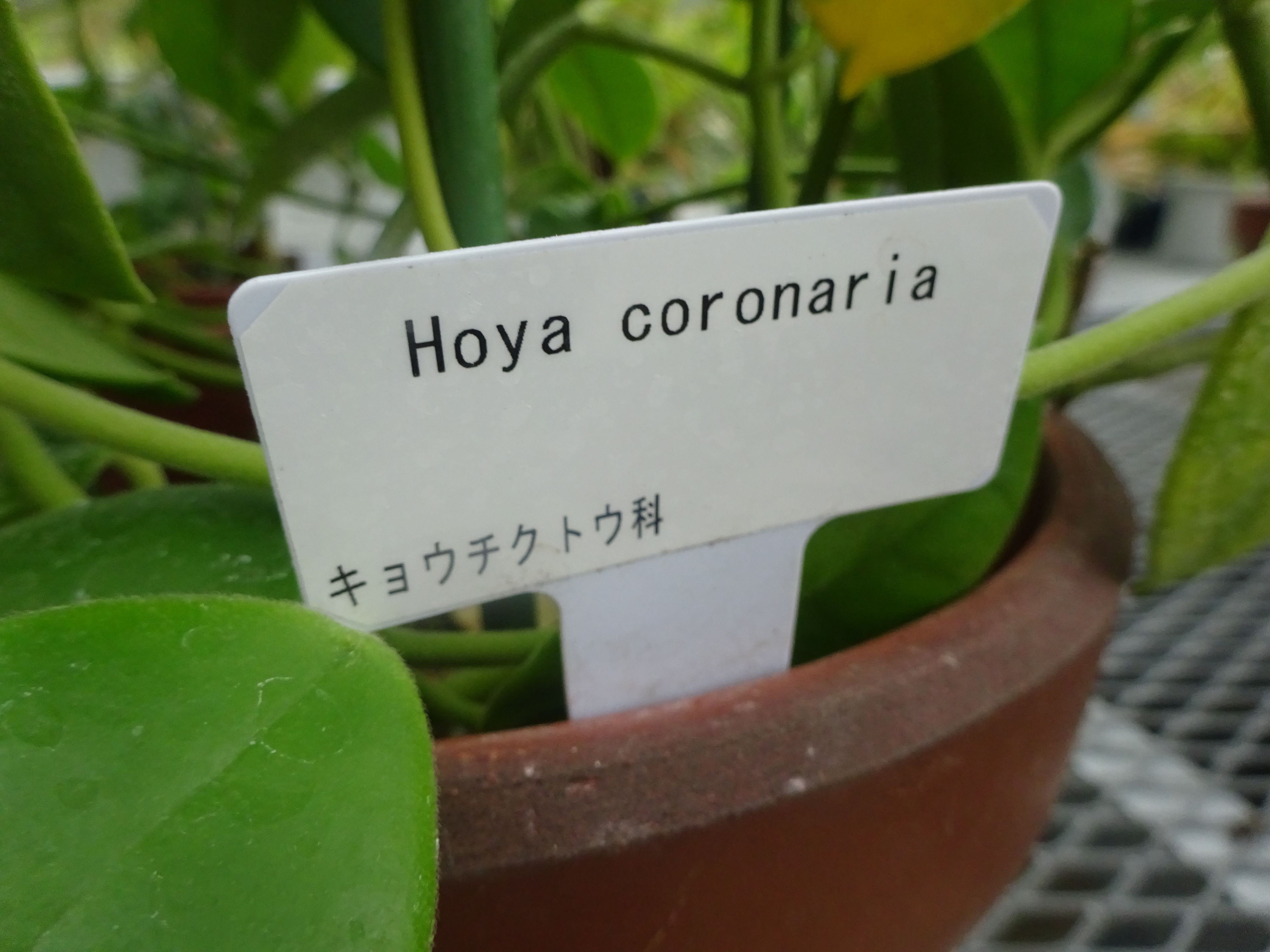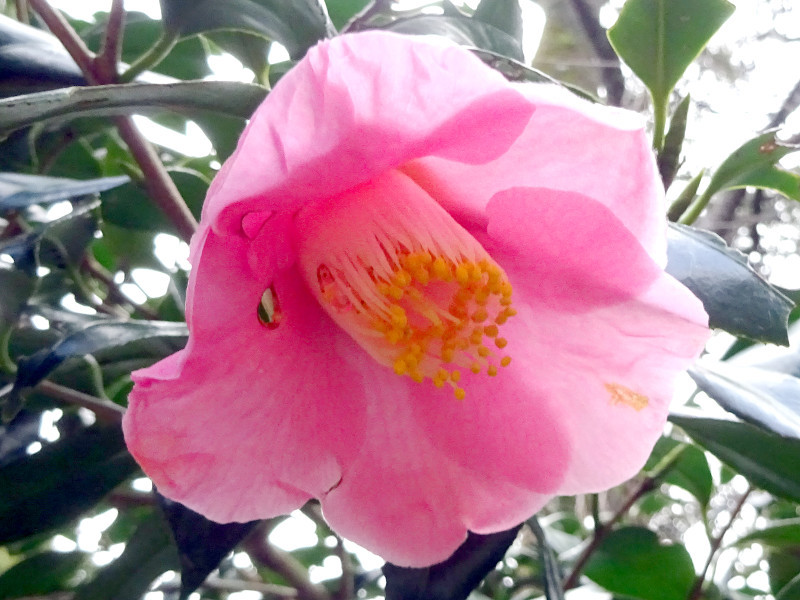Meliosma oldhamii
- Flower nameMeliosma oldhamii
- Scientific nameMeliosma oldhamii
- Alias節葉泡吹, 山原泡吹, リュウキュウアワブキ, 琉球粟吹, ティサン, フシノハアワブキ
- Place of originJapan, Taiwan, and Chin
- Place of floweringBotanical Gardens, Park, Specific area
- Flowering seasonApril, May, June
What is Meliosma oldhamii
Meliosma oldhamii or Fushinoha awabuki (scientific name: Meliosma oldhamii) is a (semi-)deciduous tree native to Japan, Taiwan, and China, belonging to the family Sabiaceae. It is also known as Yambaru awabuki, Ryukyu awabuki, tisan or tesan in the Amami-Oshima dialect, and red-purple branch in China. In Japan, it is distributed in lowland to mountainous terrestrial forests in Yamaguchi Prefecture, Tsushima, Kagoshima, and Okinawa, at the edges of sunny forests. The height of the tree is 10 to 20 meters. The leaves are odd pinnate compound leaves 30-50 cm long consisting of 9-15 leaflets, which are arranged in pairs at the ends of branches. The lobes are 4-10 cm long and 2-4 cm wide; oblong-ovate with acute heads. The margins of the lobes are serrated on the upper half. The flowers are dioecious and bisexual, with large biconical inflorescences extending from the tips of the branches from April to June, bearing small 5-petaled white to yellowish-white flowers. The fruit is a spherical kernel 0.5 cm in diameter that ripens to red and then turns black. It is used for park trees, garden plants, and potted plants.
Origin of the name
The genus name "Meliosma" is a compound of "meli" (honey) and "osme" (smell), and the tree has a "honey smell". The species name "oldhamii" is a dedication to the collector "oldham" (Mr. Oldham).
Common name: Meliosma oldhamii or Fushinoha awabuki, also known as Yanbaru awabuki, Ryukyu awabuki, Tisan, Tesan (Amami-oshima dialect), Chinese name: Benishijieda, scientific name: Meliosma oldhamii, Meliosma arnottiana subsp. Classification: Plantae: Angiospermae (Dicotyledonaceae), Angiospermae (Dicotyledonaceae), Angiospermaceae, Habitat: Japan, Taiwan, China, Distribution: In Japan, Yamaguchi, Tsushima, Kagoshima, Okinawa, Living environment: Lowland to mountainous areas, in broad-leaved forests, sunny forest margins, Livelihood: (semi) deciduous, height: 10-20 m, odd pinnate compound leaves, clustered at branch tips, leaf color: green, leaf shape: oblong-oval, leaf length: 30-50 cm, leaflets: 4-10 cm, leaf width: 2-4 cm, leaf shape: oblong-oval with acute heads, leaf margin: serrate on upper half, inflorescence: alternate, hermaphrodite (bisexual), flowering season: April to June, flowering Location: branch tips, Inflorescence form: large, Fukuro cone inflorescence, Flower color: white to yellowish white, Number of small petals: 5, Fruit color: red to black ripe, Fruit diameter: 0.5 cm, Fruit type: nucleate, Fruit shape: globose, Use: garden, potted, park planting.
